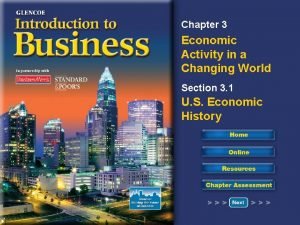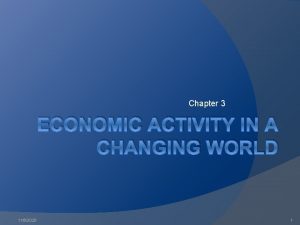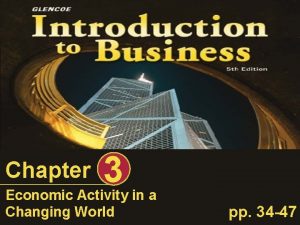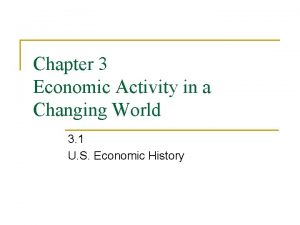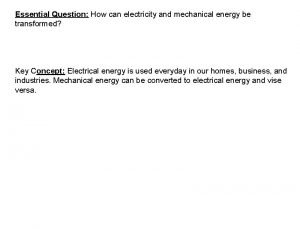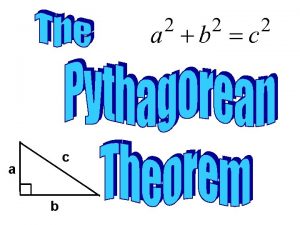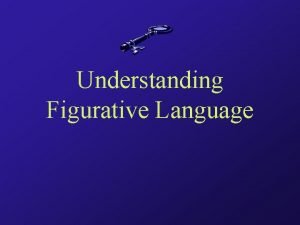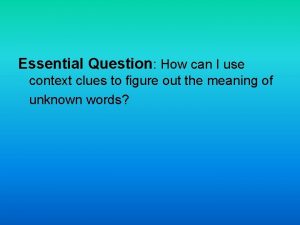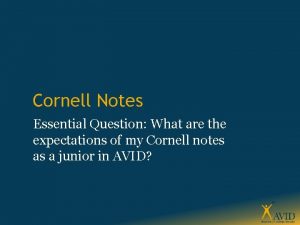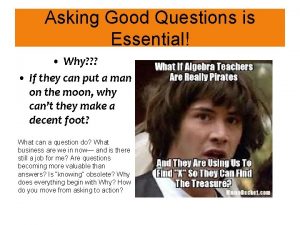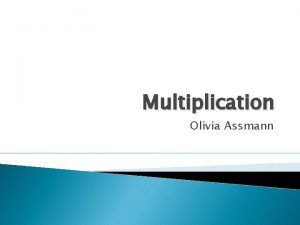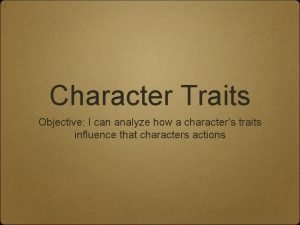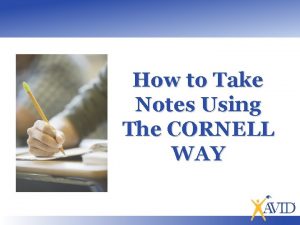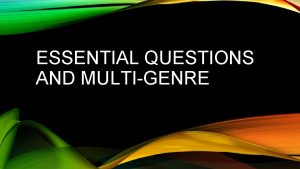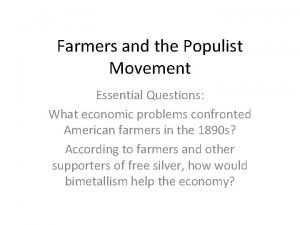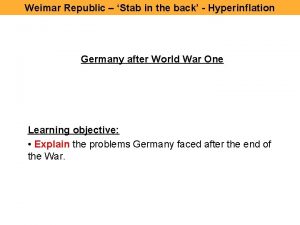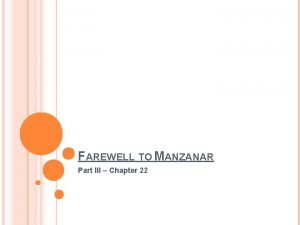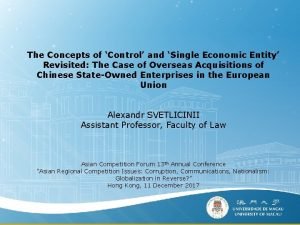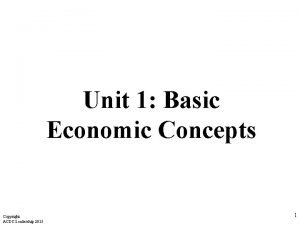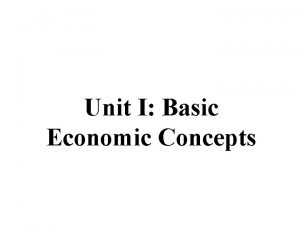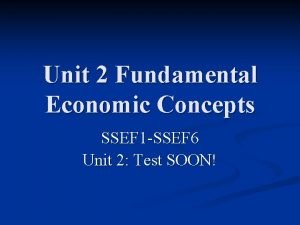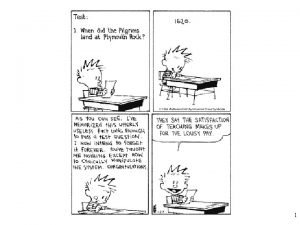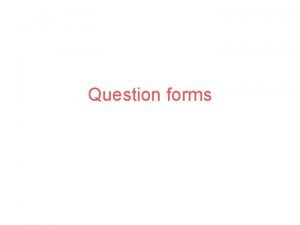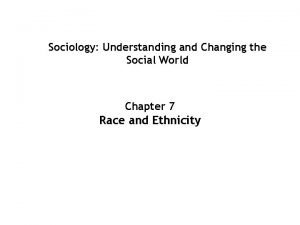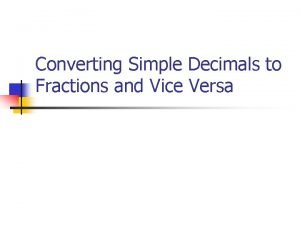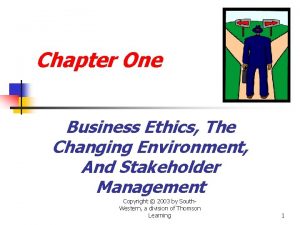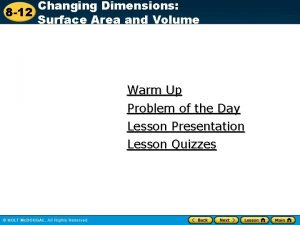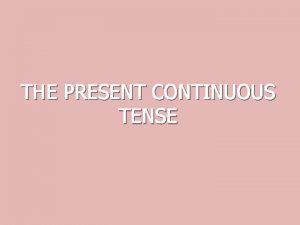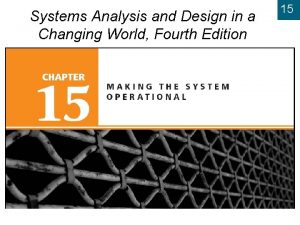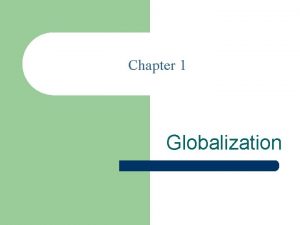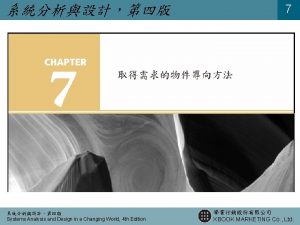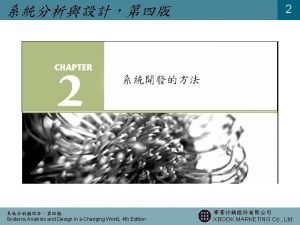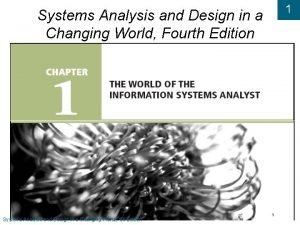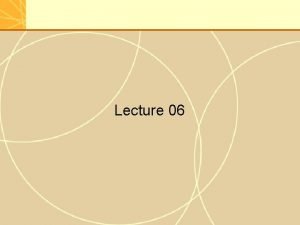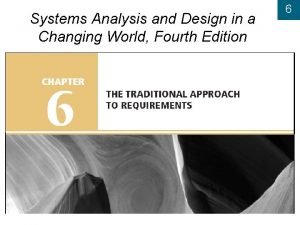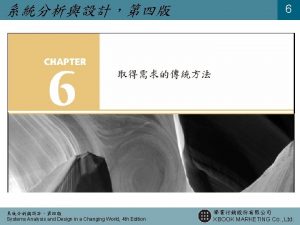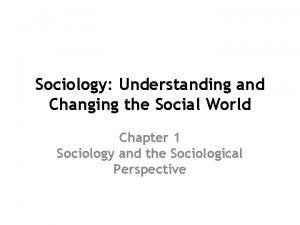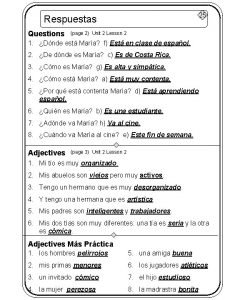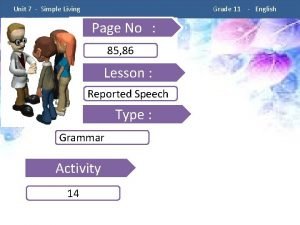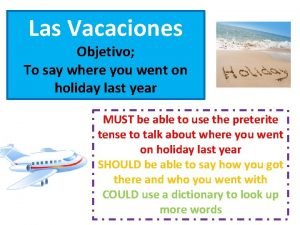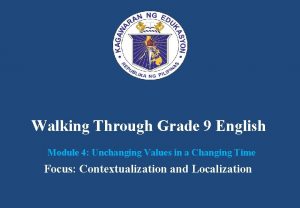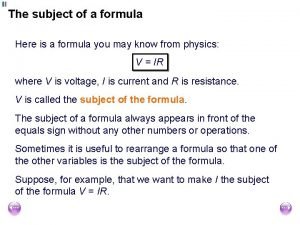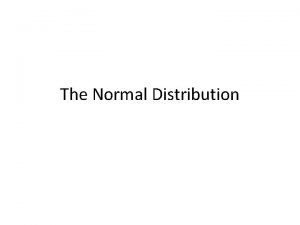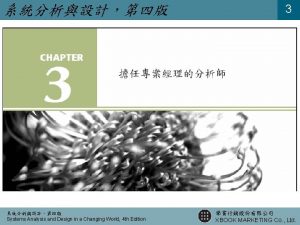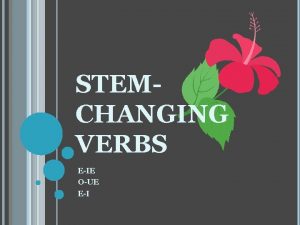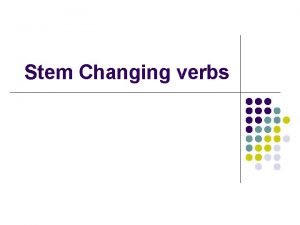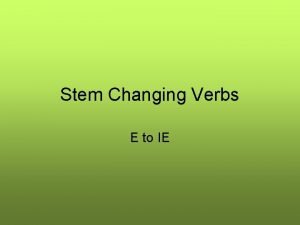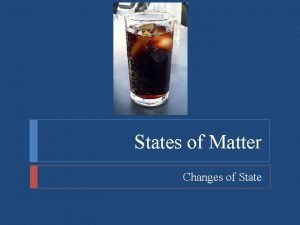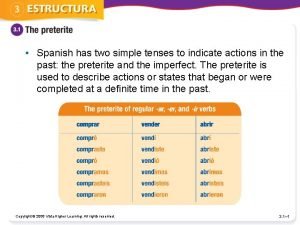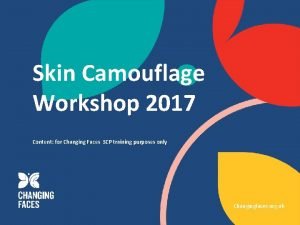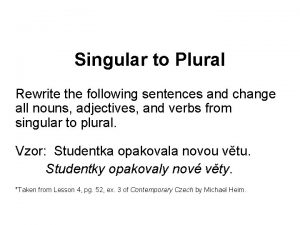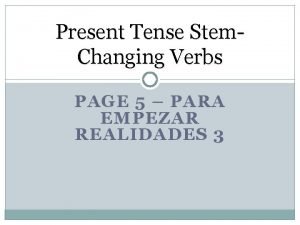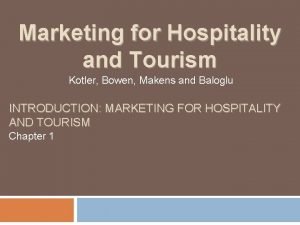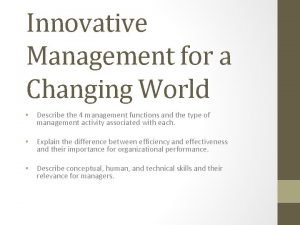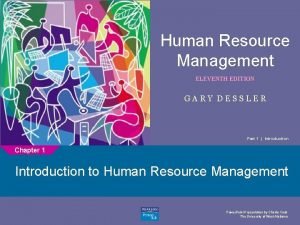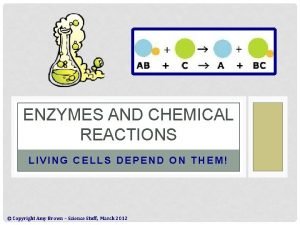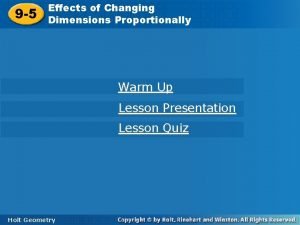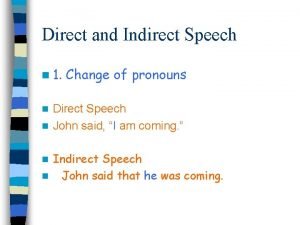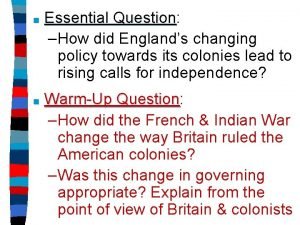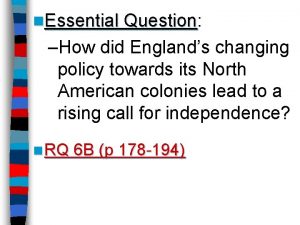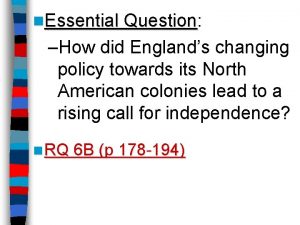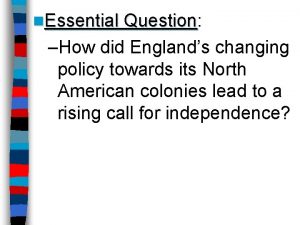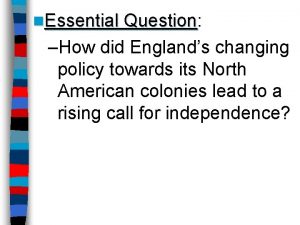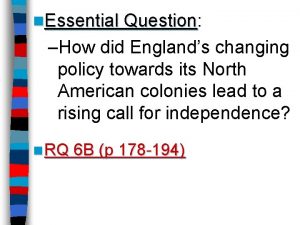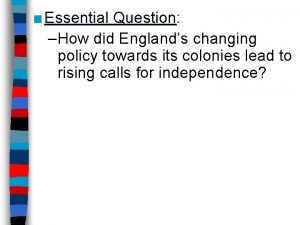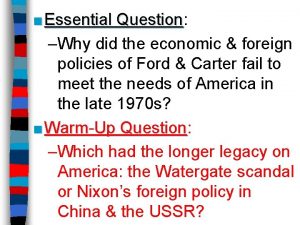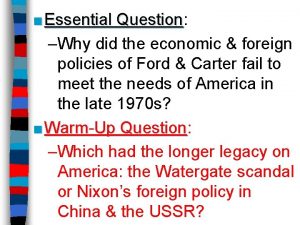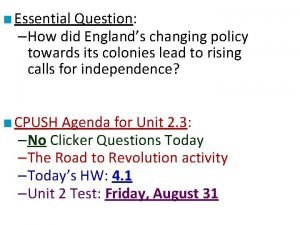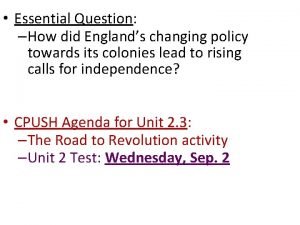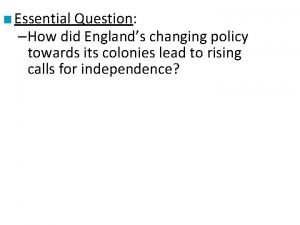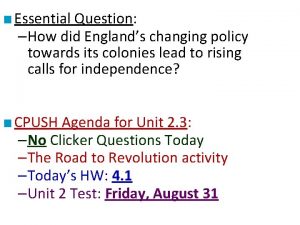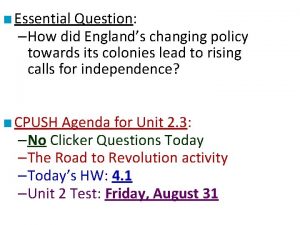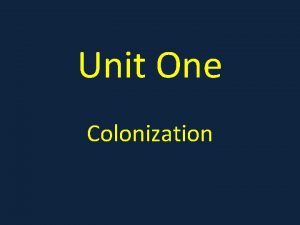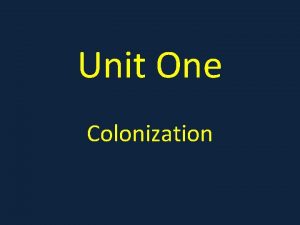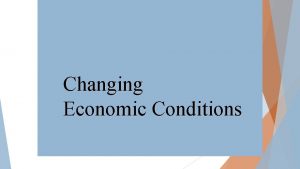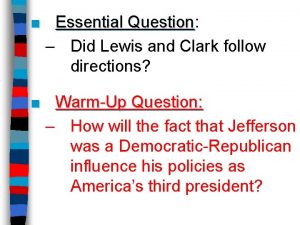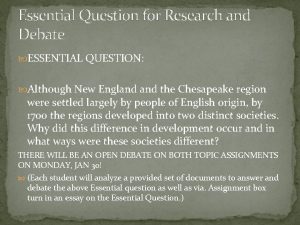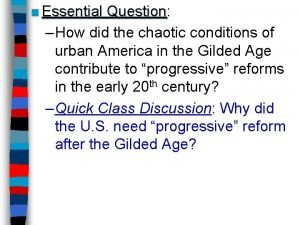UNIT ESSENTIAL QUESTION How did changing economic and

























































































- Slides: 89

UNIT ESSENTIAL QUESTION: How did changing economic and social conditions, wars, and the growing power of monarchs begin to build the framework for the modern nation-state? AIM 1: How did monarchs in England France expand royal authority and lay the foundations for united nation-states? AIM 2: How did explosive conflicts between monarchs and popes affect the balance of power in Europe? Do Now: Arrange the following developments in the order in which they occurred. New Technologies Growth of Towns Agricultural Revolution Population Growth Revival of Trade 1. Why did they occur in that order? 2. How did these evolutions support the idea that the High Middle ages were a time of economic growth?

Review Feudalis m Hierarchy Kings & Queens Lords/Nobles Knights Peasants/Serfs The Church

Monarchs, Nobles & the Church Feudal monarchs stood at the head of society, but had limited power Started to centralize power! Nation-states: are regions that share a government and that are independent of other states.

Monarchs Centralized through: 1. set up system of royal justice 2. organized a government bureaucracy 3. system of taxes 4. built standing army 5. strengthened ties with the middle class

England Early middle ages = Angles, Saxons & Vikings Kept kingdoms united 1066 – King Edward died without heir

William of Normandy “From the time he became Duke of Normandy at age seven, William’s life and position were in constant danger, mostly from his jealous relatives. Four of his guardians were murdered – one in the very room in which William lay sleeping. As an adult, William did all that he could to get and keep power. At age 20, he led an army to defeat a rebellious cousin. When an abbot condemned his marriage to Matilda of Flanders because they were too closely related, an enraged William burned down a monastery. But when the pope validated the marriage, William had a new abbey built. ”

William the Conqueror Norman Conquest Battle of Hastings = 1066 Christmas Day 1066 – William assumed crown of England

Battle of Hastings

William the Conqueror https: //www. youtube. com/watch? v=Ur. XAVYEy-fs Part 3 of video William the Conqueror

William the Conqueror Growth of royal power Granted fiefs to the Church and his Norman lords/barons *kept a large amount of land for himself Vassal swore allegiance to him only

William the Conqueror 1086 – Domesday Book Helped build tax collecting Exchequer - treasury

William the Conqueror Activity

Power Expands 1160 s-1180 s = Common Law Henry II lays foundation for English legal system Common Law – a legal system based on custom and court rulings Early Jury system Leads to a conflict with the Church

Evolving English Government Out of those struggles with nobles and the Church, traditions of government evolved.

Magna Carta 1215 King John signs this document limiting royal power and extending rights.

Magna Carta activity

Parliament 1295 Edward I summons Parliament, which includes representatives of common people.

Parliament

France Post Charlemagne, monarchs in France did not rule over a unified kingdom.

The Capetians 987 – Hugh Capet Made throne hereditary Play rival nobles against each other Won support of the church Bureaucracy

Phillip II (Augustus) Strengthened royal government 1. appointed paid middle-class officials 2. granted charters to new towns 3. organized a standing army 4. gained backing of new middle class

Louis IX 1226 Generous, noble & devoted to justice and chivalry Declared a saint Deeply religious man

Louis IX 1. sent out officials 2. expanded courts 3. outlawed private wars 4. ended serfdom 1270 – France was an efficient centralized monarchy

Philip IV Ruthlessly extended royal power. Tried to collect new taxes from the clergy Conflict with Pope Boniface VIII

The Estates General 1302 Representative from all 3 estates 1. clergy 2. nobles 3. townspeople

Holy Roman Empire Germany = Dukes of Saxony 936 Duke Otto I 962 crowned emperor Holy Roman Emperor Successors get this title

Problems for German Emperors Challenge to control vassals Conflict over appointment of church officials

Conflict between Popes & Emperors Pope Gregory VII vs Henry IV Independent of secular rulers 1076 = excommunicates Overturned 1077 Concordat of Worms = treaty 1122 Church had sole power to elect

Struggle for Italy Frederick I – “Barbarossa” Entangled German emperors in Italian affairs Frederick II Pursued ambitions in Italy

Height of Church Power Pope Innocent III Supremacy over all other rulers 1209 – Crusade against Albigensians

Iberian Peninsula Region is heavily influenced(and controlled) by Muslims starting in early 400 s. 1140 – Kingdom of Portugal established 1300 – Christians gain control of Iberian peninsula except for Granada 1469 – marriage of Ferdinand of Aragon and Isabella of Castile *Create a unified state called Spain

Let’s Summarize…

Aim: How did the Crusades widen Europe’s perspective of the world? Do Now: How are Christianity and Islam related? Why do they sometimes clash? (Think about what is different).

Clash between religions � Crusades = holy wars

Turn & Talk � Make a prediction: How do you think the Crusades will change life in Europe and beyond?

GALLERY WALK DIRECTIONS Directions: 1. Start at your assigned station. 2. Rotate clockwise (to your right) when the timer goes off. 3. Answer question packet along the way. 4. Have fun! And ask for help if needed. The World in 1050 Impact of the Crusades Multicultural Perspectives Causes/Motivations of the Crusades The Crusades

Let’s Summarize… Please complete Exit Slip!

Middle Ages in the Media The Secret of Kells The Countess The Wild Hunt Braveheart Monty Python and the Holy Grail Your Highness Black Death Ironclad Camelot Henry V The Passion of Joan of Arc Black Knight First Knight Robin Hood A Knight’s Tale Shrek Kingdom of Heaven A Kid in King Arthur’s Court King Arthur Black Death The Name of the Rose The Sword in the Stone Excalibur Season of the Witch Dragonheart Ever After: A Cinderella story Game of Thrones Tristan and Isolde AIM: What achievements in learning, literature, and the arts characterized the High and the Late Middle Ages? Do Now: List any modern forms of entertainment that you can trace back to the Middle Ages.

Medieval Cultural Achievements Overall Theme: Toward the end of Middle Ages, as Europe stabilizes, society begins to make gains in the fields of Literature, Art and Architecture Cause & Effect: Commercial Revolution Growth of Towns and Cities Medieval Universities Emerge Europeans Acquire “New Learning” Medieval Literature AND Architecture and Art

Language and literature Although the language of scholars was Latin, new stories began to appear in everyday languages of the people (vernacular). Literature included stories of knights and feudal lords as well as common people Authors like Dante and Chaucer wrote stories about warrior heroes and ordinary people who showed courage, humor and morality


Illuminated Manuscripts

Architecture and Art Architecture and art focused on glorifying God Most art was a reflection of the power of the church During late Middle Ages money from trade begins to contribute to the great works of architecture and art

Roman Influence = “Romanesque” In 1000, towns began to build stone churches that reflected the influence of Rome.

The Gothic Tradition The Gothic style of architecture appeared in Europe in the early 1100 s. These new buildings, unlike Roman Architecture, seemed to soar upwards Gothic style was characterized by pointed arches and flying buttresses, stone supports that stood outside the building.

The Gothic cathedral forms a total experience that we can still understand today. Gothic is considered urban since many churches of this style were built in towns The Cathedral of Amiens serves as an example. Begun in 1220 by the architect Robert de Luzarches, the facade of Amiens is dominated, like St. Denis, by two towers



Interior of a Gothic style Cathedral

ENGLAND: GLOUCESTER CATHEDRAL 1089

Notre Dame Cathedral, Paris 1163 -1250

Medieval Military Technology




A Viking "Bearded Axe" ca. 1000 (top) and a German Horsemans Axe ca. 1100 (bottom)

The proliferation of plate armor across Medieval Europe was shadowed by the development of crushing weapons like the war hammer. Since swords were virtually useless against plate armor, mounted knights used short hammers, axes and maces to defeat an opponent's improved protection.

This Zinc Plated Chain Mail Shirt was difficult to produce in its time, yet was greatly desired for its protective qualities.

The flail was an early agricultural implement that was used to separate grain. However, it was soon discovered that it was also excellent for bashing people. Most flails were two handed, but it wasn't long before a smaller version was in use. The spiked flail has been a favorite of movies, books, legends, and people in general for many, many years. For one thing, it simply looks ferocious and intimidating.

The mace, a short club like weapon with a flanged head, was a symbol of rank and status as well as an effective weapon against plate and mail armour. Unlike the sword or axe, the mace was easy to use, very tough and did not require sharpening. The morning star is similar to the mace however it typically has longer and sharper spikes

The Medieval crossbow spent a long time as a dominant weapon in the middle ages. It had several advantages. It could be used by relatively untrained soldiers with good results. It also was a very fine ranged weapon in that it could penetrate armor from distances up to 200 yards.

Aim: How did the combination of plague, upheaval in the Church, and war affect Europe in the 1300 s and 1400 s? Do Now: Part 1 Listen to Ms. Rappoccio’s story from yesterday.

Part 2: What would happen if you were to go through the rest of your day and we count the number of students in the school that had glitter on them at the end of the day? End of the week? Month?

The Black Plague Bubonic Plague = disease spread by fleas on rats Infested (travelers): Clothes Packs


Class Reading

The Black Plague



The Black Plague Black Death: 1347 -1353 Over 25 Million Died (3060% of Europe’s Population) 1347: Trading Ships in Italy 1348: Black Death reached beyond Italy to Spain + France -> Rest of Europe

The Black Plague Image Question 1: What do you see in the picture? Question 2: What can you infer about the image? 1 2 3




Social Upheaval Brought terror and upheaval as people had no way to stop the disease


Social Upheaval Magic & Witchcraft Wild Pleasures God’s Punishment

Social Upheaval Christians blamed Jews for the plague

Complete Reading and Questions

Economic Effects By the late 1300 s, the European economy plunged! As workers + employers died, production declined -> Survivors demanded higher wages

Economic Effects 1. Landowners and Merchants pushed for laws to limit wages Landowners Guilds

Economic Effects 2. Restrictions sparked explosive revolts *Peasants*

Black Death https: //www. youtube. com/wa tch? v=o. Rt. OQyo 6 Zp. M What positives come out of the Plague?

Major Impacts Estimated population of Europe from 1000 to 1352. 1200 59 million 1300 70 million 1347 75 million 1352 50 million

Major Impacts Upheaval in the Church The Hundred Years’ War

Exit Slip 1. Write a journal entry pretending to be a member of the English population who has heard that an Italian Ship that may be infested is travelling to your city. What have you heard? How may you feel? OR 2. Draw a picture/postcard depicting what you have learned today about the Black Plague.

AIM: WHAT WERE THE MAIN EVENTS OF THE MIDDLE AGES AND HOW DID THEY AFFECT LIFE IN WESTERN EUROPE AT THAT TIME? DO NOW: AFTER OUR UNIT ON THE MIDDLE AGES, WHAT WOULD YOU SAY ARE THE MAJOR EVENTS/TURNING POINTS OF THE TIME PERIOD? R E V I E W

MEDIEVAL SKITS • You and your group will prepare a brief skit/commercial (of approx. 4 minutes) on one of the main topics from the Middle Ages.

LET’S SUMMARIZE…. Should the Medieval Era, commonly referred to as the Middle Ages, be defined as the “Dark Ages”?
 Levels of questioning examples
Levels of questioning examples Chapter 3 economic activity in a changing world
Chapter 3 economic activity in a changing world Chapter 3 economic activity in a changing world
Chapter 3 economic activity in a changing world Chapter 3 economic activity in a changing world
Chapter 3 economic activity in a changing world Chapter 3 economic activity in a changing world
Chapter 3 economic activity in a changing world Essential non essential fatty acids
Essential non essential fatty acids Economic growth vs economic development
Economic growth vs economic development Figurative language essential questions
Figurative language essential questions Formula hipotenusa triangle rectangle
Formula hipotenusa triangle rectangle Essential question generator
Essential question generator Essential question for pythagorean theorem
Essential question for pythagorean theorem Language
Language Essential question about identity
Essential question about identity Essential questions for context clues
Essential questions for context clues Cornell notes essential question
Cornell notes essential question Essential questions definition
Essential questions definition Essential questions for multiplication
Essential questions for multiplication Essential question gif
Essential question gif Objective traits
Objective traits What is the cornell way
What is the cornell way Poetry essential questions
Poetry essential questions Economic growth vs economic development
Economic growth vs economic development Lesson 2 our economic choices
Lesson 2 our economic choices Closed question
Closed question Economic question answer
Economic question answer Unit 6 review questions
Unit 6 review questions Question word simple present
Question word simple present Contoh open ended question adalah
Contoh open ended question adalah Examples of factor relating questions
Examples of factor relating questions Direct vs indirect questions
Direct vs indirect questions What is a supporting question example
What is a supporting question example Compelling question meaning
Compelling question meaning What economic reforms did the populist party call for?
What economic reforms did the populist party call for? What economic problems did germany face after ww1
What economic problems did germany face after ww1 What family “firsts” did jeanne accomplish?
What family “firsts” did jeanne accomplish? Single economic unit
Single economic unit Ap macro unit 1 basic economic concepts
Ap macro unit 1 basic economic concepts Unit 1: basic economic concepts answer key
Unit 1: basic economic concepts answer key Ssef price list
Ssef price list Unit 1 basic economic concepts
Unit 1 basic economic concepts Who did?
Who did? System analysis and design
System analysis and design Systems analysis and design in a changing world
Systems analysis and design in a changing world System analysis and design in a changing world
System analysis and design in a changing world Sociology understanding and changing the social world
Sociology understanding and changing the social world Quality culture
Quality culture Changing decimals to fractions and vice versa
Changing decimals to fractions and vice versa Business ethics and changing environment
Business ethics and changing environment Effects of changing dimensions on surface area and volume
Effects of changing dimensions on surface area and volume Growing and changing
Growing and changing Present continuous changing and developing situations
Present continuous changing and developing situations Systems analysis and design in a changing world
Systems analysis and design in a changing world The changing world output and world trade picture
The changing world output and world trade picture Systems analysis and design in a changing world
Systems analysis and design in a changing world Systems analysis and design in a changing world
Systems analysis and design in a changing world Systems analysis and design in a changing world
Systems analysis and design in a changing world The changing world output and world trade picture
The changing world output and world trade picture System analysis and design in a changing world
System analysis and design in a changing world Systems analysis and design in a changing world
Systems analysis and design in a changing world Sociology: understanding and changing the social world
Sociology: understanding and changing the social world Class 11 english unit 10 question answer
Class 11 english unit 10 question answer Unit 5 lesson 1 un almuerzo en la playa
Unit 5 lesson 1 un almuerzo en la playa Grade 11 unit 7
Grade 11 unit 7 What did you last weekend?
What did you last weekend? Went
Went Unit 4 lesson 7 right triangles and trigonometry unit test
Unit 4 lesson 7 right triangles and trigonometry unit test Unit process and unit operation
Unit process and unit operation What is unit operation and unit process
What is unit operation and unit process World changing glasgow
World changing glasgow Grade 9 english module
Grade 9 english module How to make something the subject of a formula
How to make something the subject of a formula How does changing the mean affect a normal curve
How does changing the mean affect a normal curve Changing-criterion design
Changing-criterion design Cerrar (e:ie)
Cerrar (e:ie) Stem changing verbs
Stem changing verbs Stem changing verbs
Stem changing verbs Changing states of matter
Changing states of matter Stem changing ar verbs
Stem changing ar verbs Changing faces skin camouflage
Changing faces skin camouflage Change the following sentences from plural to singular
Change the following sentences from plural to singular Jsa for changing a tyre
Jsa for changing a tyre Is perder stem changing
Is perder stem changing Patient positioning nursing
Patient positioning nursing Changing marketing landscape
Changing marketing landscape Innovative management for a changing world
Innovative management for a changing world Line manager
Line manager Enzymes affect the reaction in living cells by changing the
Enzymes affect the reaction in living cells by changing the 10-5 effects of changing dimensions proportionally
10-5 effects of changing dimensions proportionally Please said
Please said Wh question indirect speech
Wh question indirect speech

